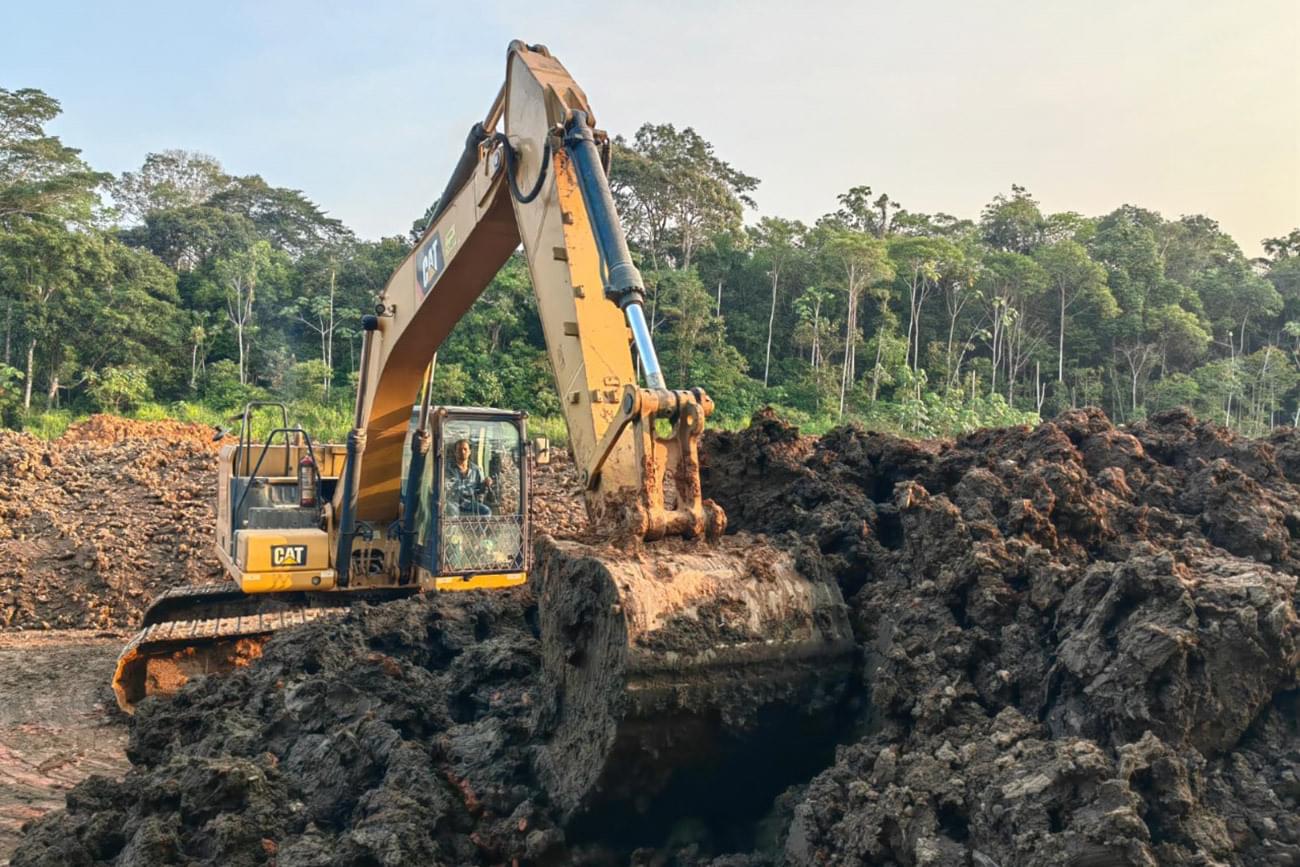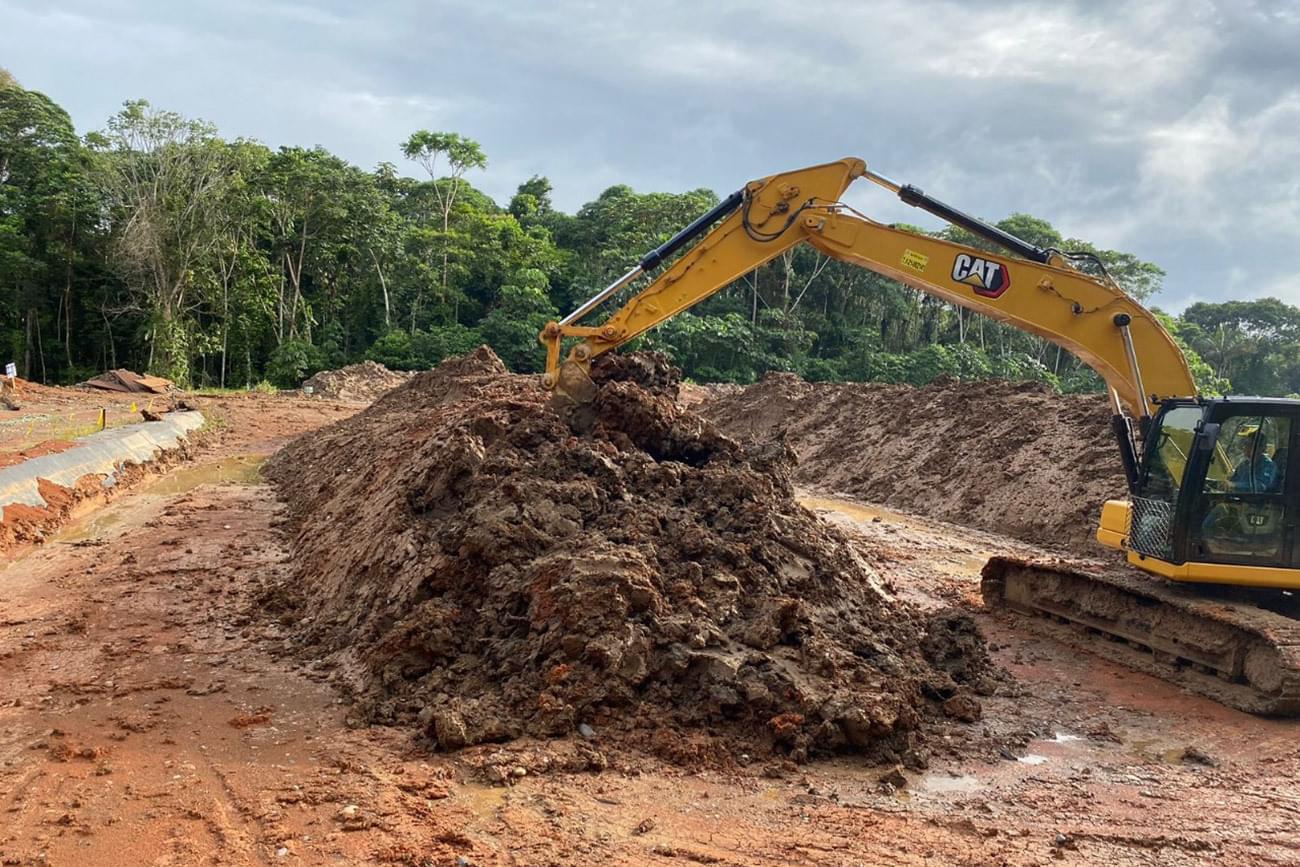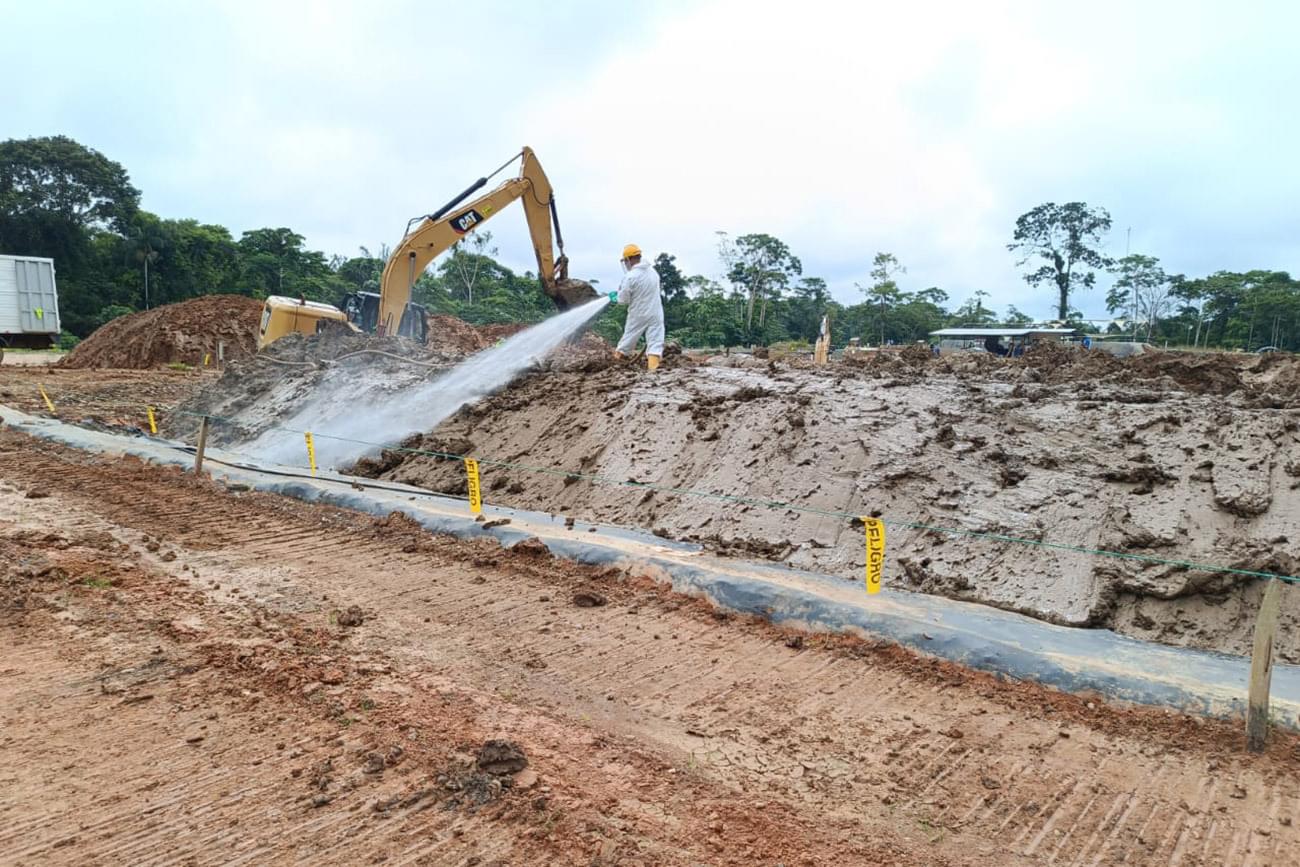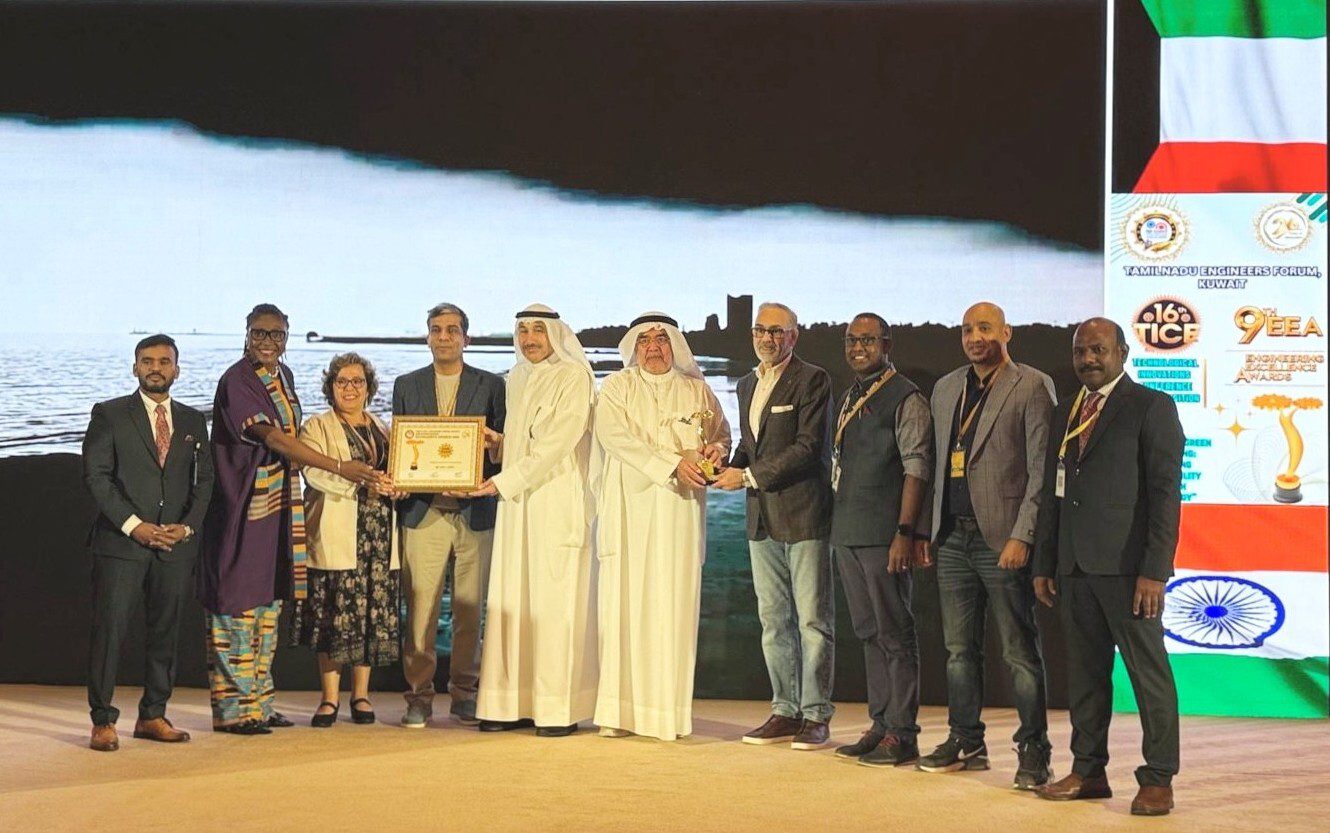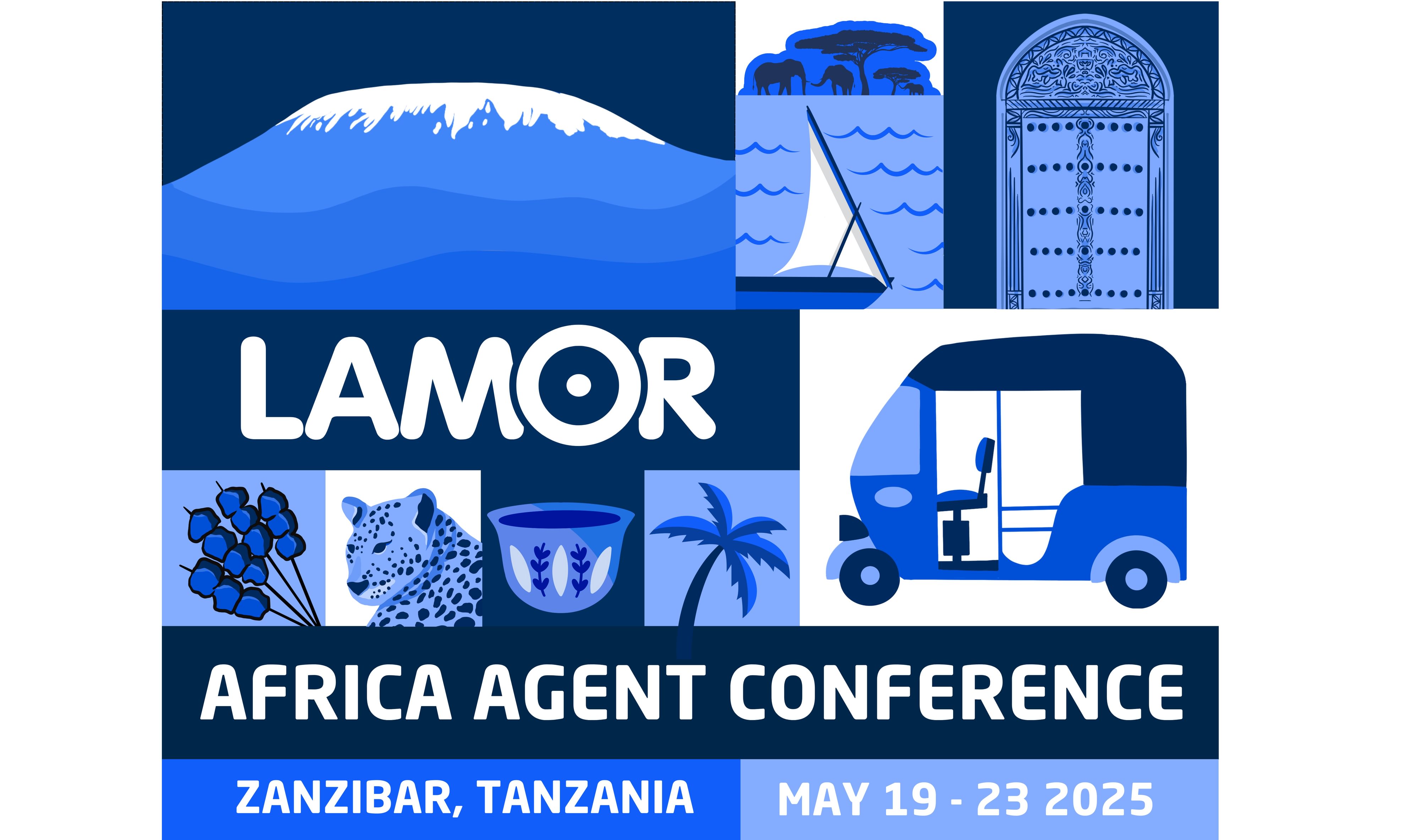Lamor revitalizes contaminated land in the Ecuadorian rainforest
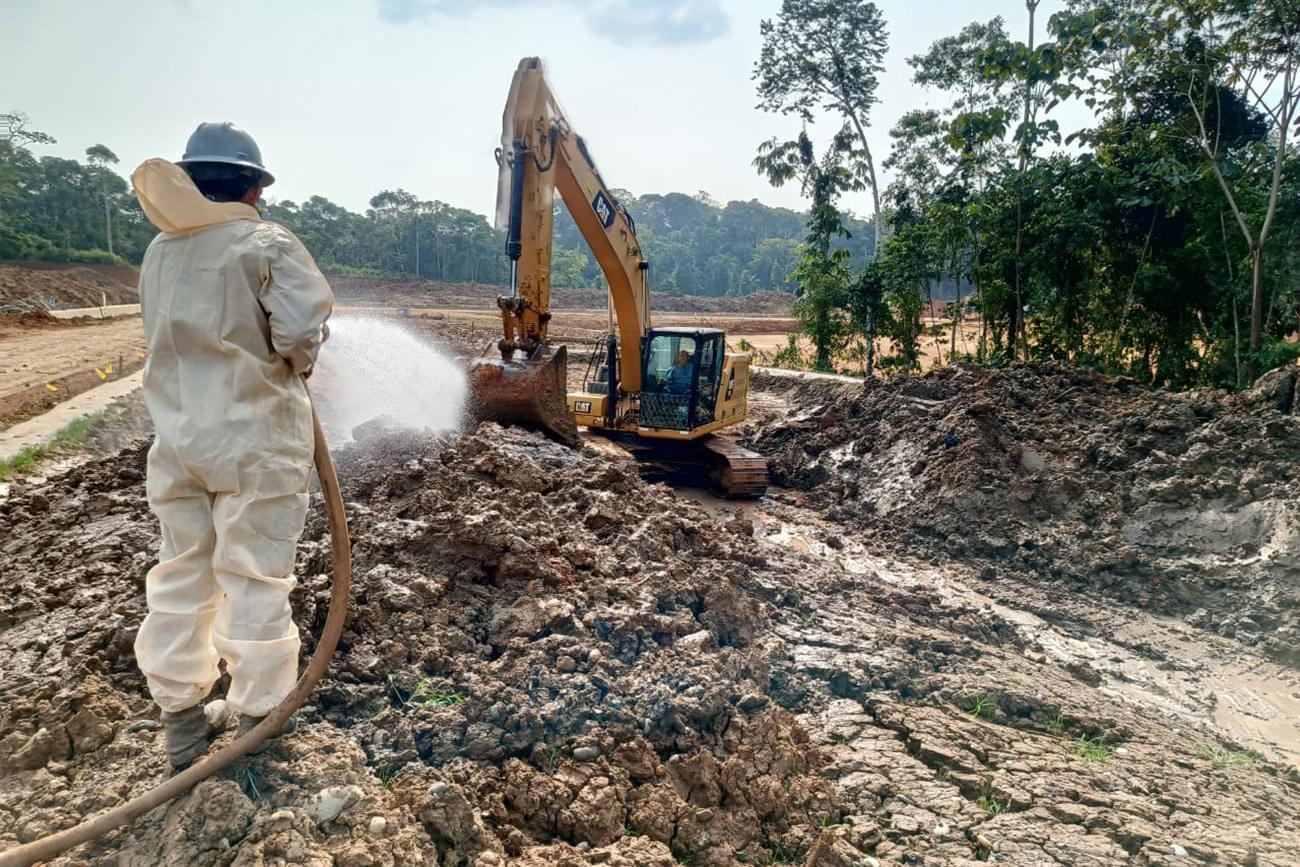
Lamor has undertaken a critical soil remediation project in the Ecuadorian rainforest, addressing contamination caused by the local oil industry. The project aims to restore 45,000 cubic meters of polluted soil in compliance with environmental regulations. In addition to restoring the ecosystem, the initiative also supports the local economy by creating new jobs.
Challenge
A customer operating in Ecuador’s oil industry needed a solution to address soil contamination in the Ecuadorian rainforest. The region, known for its importance to Ecuador's oil discoveries, had several sites contaminated with hydrocarbons due to upstream and midstream operations such as oil exploration, production, transportation, and storage. The customer needed a solution that would both restore these areas and ensure compliance with Ecuadorian environmental regulations.
Solution
Lamor was contracted to manage the remediation of eleven contaminated sites. The approach involved a detailed site evaluation, excavation of contaminated soil, and its transport to a treatment facility in Northern Ecuador.
At the facility, the soil underwent biological remediation, a natural process that uses microorganisms to break down harmful contaminants, such as hydrocarbons, in the soil. This environmentally friendly method reduces pollution but also helps restore the soil's natural health, making it safe for the environment and future use.
In addition to soil, Lamor’s facility treated contaminated water, ensuring it is purified and safe for reintroduction into the ecosystem. The management of drill cuttings, a byproduct of oil extraction, was carefully handled to prevent further environmental harm.
Impact
Lamor's solution ensures the complete remediation of around 45,000 cubic meters of hydrocarbon-contaminated soil, helping to restore the Ecuadorian rainforest's environment. This project meets environmental standards and contributes to the local economy by creating jobs for people in the region.
By restoring contaminated soil and water, this project contributes to the protection of the delicate ecosystems of the Ecuadorian rainforest, preserving habitats for local wildlife. The biological remediation method has less negative impacts on the environment. It supports the regeneration of native plant species, promoting biodiversity and ensures the long-term health of the environment.
Stay in the know
Sign up for our newsletter to learn more about innovations enabling the survival of our dear planet.















